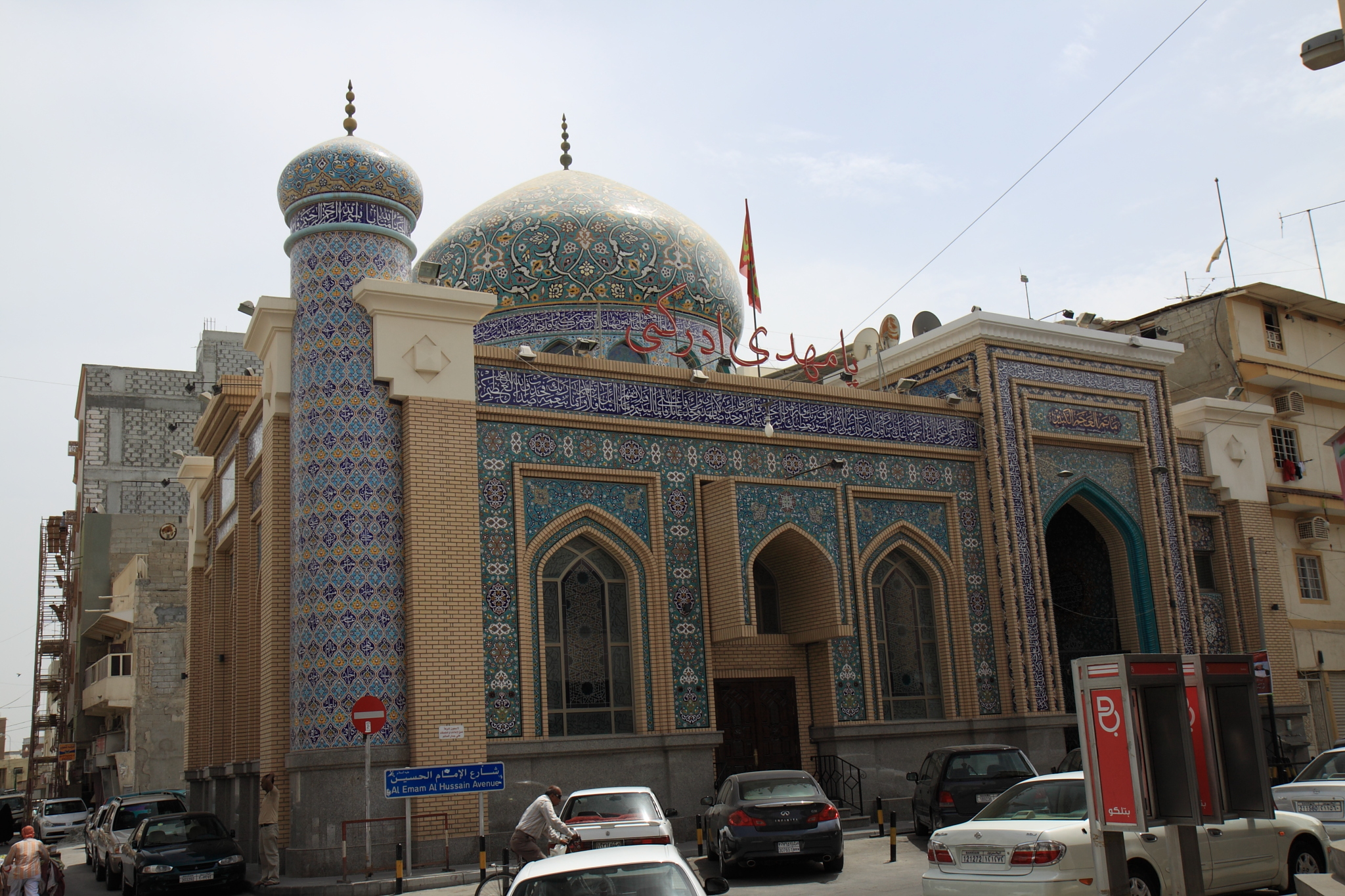Since it is the month of Muharram over here in Bahrain, the
processions of Muharram are ongoing. For those who are not aware, Muharram is a month of mourning for Muslims of the Shia sect, and commemorates the death of
Imam Hussain.
These processions have quite a history in Bahrain, occurring annually for the past centuries. These processions are organised by matams (or
husseinya, as they are sometimes called), which are congregation halls. At least one matam exists in each village in the country, and these matams are numerous, especially in the old districts of Manama. The primary focus of this post is on a particular matam; Matam Al Ajam al-Kabeer.
(I wrote this part on Wikipedia already) The Matam:Matam Al-Ajam Al-Kabeer (Arabic:مأتم العجم الكبير) is the first Ajam (who are Persians in Bahrain) matam in Bahrain. The matam was founded in the
Fareej el-Makharqa by Abdul Nabi Al Kazerooni, a rich Persian merchant.
Himself an immigrant from the
Dashti region of Iran, he organised processions, collected donations and hired orators (Arabic:
خطيب) to speak at the matam.
Construction started in 1882 as a specialized building where Ashura, a holy day in Shia Islam, would be marked with processions, ceremonial flagellation and passion plays commemorating the death of Imam Hussain.
 |
| Exterior of the matam |
The matam is still used for this purpose. It was originally built with simple construction material such as palm tree trunks and leaf stalks. The matam was formally established in 1904 where it was decided that the matam would be renovated with rocks, clay and cement. Initially in the 1890s, the matam was primarily supported by Persian merchants, with two-thirds of the donation coming from the Bushehri and Safar family, respectively.
For much of the 20th century, the matam had relied on yearly donations of money and land from rich and poor members of the Persian community and from waqf revenue.The matam also had an emergency relief fund that was to be distributed to the poor and to needy individuals; the matam provided financial aid and shelter to people following the collapse of the pearling market in the 1930s.
Upon the death of Abdul Nabi Al Kazerooni in 1927, Abdul Nabi Bushehri, himself a Persian immigrant from Bushehr and a well-respected figure in the Persian community, took control of the matam.
Unlike Kazerooni, Bushehri ran the matam with other notables of the Persian community, forming a
de facto board.
Upon Bushehri's death in 1945, the board took over. In order to prevent confusion, the board appointed Hasan Baljik, himself a member, as the budget and procession organiser. In 1971, an administrative board consisting of a president, vice president, secretary, treasurer and others was set up, all of whom were rich merchants. By 1952, the matam was supported by the rent of 3 houses, 6 shops and a
hawla. |
| The interior of Matam al Ajam al Kabeer, in 2008 |
For further reading, I strongly recommend reading
Mapping the Transnational Community: Persians and the Space of the City in Bahrain, c. 1869-1937, by Nelida Fuccaro. It provides an excellent overview and is one of the scarce resources available on this topic. And Khuri's
Tribe and State in Bahrain.























